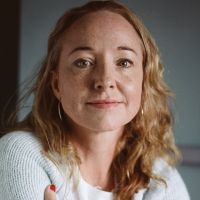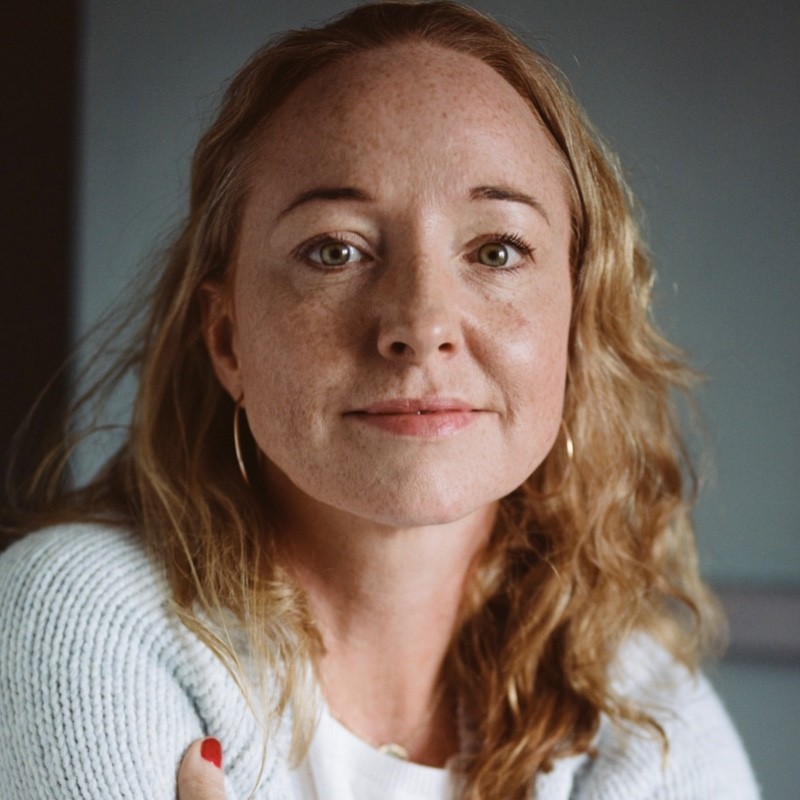Artists for every budget: from a canvas for £150 to a photo that fetched £2.7m
Sarah Ryan of New Blood Art tips two painters and a photographer who find inspiration in the everyday.


Sarah Ryan of New Blood Art tips two painters and a photographer who find inspirationin the everyday.
Scenes from everyday life have long appealed to artists, as has the desire to describe the world around them, elevating the mundane if indeed there is such a thing as mundanity from an artist's point of view.
This ability to remind us to look and to see not to become blind to our surroundings is perhaps more important than ever in today's world. Repetition can dull the senses and our commercialised, hyperconnected world is full of extraordinary repetition (and the desensitisation that results from near-constant stimulation).
MoneyWeek
Subscribe to MoneyWeek today and get your first six magazine issues absolutely FREE

Sign up to Money Morning
Don't miss the latest investment and personal finances news, market analysis, plus money-saving tips with our free twice-daily newsletter
Don't miss the latest investment and personal finances news, market analysis, plus money-saving tips with our free twice-daily newsletter
Epically scaled, immersive patterns surround and consume us from supermarket shelves to transport systems to urban work environments.
These scenes which would be remarkable in many other contexts have become so common-place through overexposure that they are often filtered from any conscious awareness. Below I take a look at three artists, at various stages in their careers, who take the "everyday world" as their inspiration.
Andreas Gursky
In his photograph Chicago Board of Trade II we see a distilled mass on the trading floor a human hive of industry, the floor littered with discarded slips of paper, the brokers dressed in brightly coloured jackets clustering around monitors. It's an extraordinary image.
The materiality of the man-made environment is a common theme for Gursky the structures and patterns that emerge and keep individuals within their place. Rhine II is a huge photograph depicting the Rhine River. In terms of composition, it is an almost featureless landscape.
The river is a slim geometric rectangle of buzzing grey light, which lies sandwiched between vibrant green horizontal banks, with a softer grey sky above. In November 2011 the piece sold to an anonymous buyer for £2.7m in New York, and for some time it was the most expensive photograph ever sold.
While no people are depicted in this piece, we see clear evidence of human presence, of man's control over his environment. The river has been perfected, straightened, heightened and any distracting elements eradicated. Rhine II is a poignant reflection of the effect of man on his environment.
As Gursky explains: "the Rhine is my favourite picture because it says a lot using the most minimal means. For me it is an allegorical picture, about the meaning of life and the way things are and about the fullness and the emptiness."
Keith Robinson

Similar themes emerge in the work of painter Keith Robinson, who is at the start of his career. Robinson also takes inspiration from the everyday world around him in this case the familiar front of a high-rise block.
He paints each window, creating a soft patchwork pattern, which breaks up the regimented architecture of steel and glass to compose a painterly consideration of the buildings that dominate the city's landscape, particularly at dusk as they swell with light. His fluid palette creates a dense and shimmering mirage on the canvas, playfully contradicting the solidity of the structures he is representing.
"I have always been interested in looking at the commonplace, the familiar, the places we pass by everyday, yet perhaps pass us by, the ever-changing look of normal'. The tower block seems to be ever-changing and as long as it continues to renew itself, I will paint it," he says.
Over the last 12 months Robinson has been shortlisted for several prizes, including the National Open Art Competition, the Threadneedle and the Discerning Eye. His works on canvas start from as little as £150, with hypnotic statement pieces for £1,600 it's a good time to invest.
David Hepher

Celebrated artist David Hepher recently turned 80. He is best known for his paintings of houses and tower blocks places that everyone can relate to "nondescript and ordinary", as he puts it. His technique has evolved from very tightly controlled paintings of suburban houses "exactly as I find them" to a looser approach that incorporates architectural materials, including concrete and wallpaper.
More abstract works could be seen in "Pavement Horizons", his most recent exhibition at Flowers Gallery in February 2015. These portrayed sections of concrete walls and the right angle they form with the pavement.
Hepher says "they reflect on the quieter, aesthetic qualities of the overlooked areas of the city". He has been selling steadily to a strong collector base during his career and his prices have risen moderately. Current work sells for between £4,000 and £75,000.
Get the latest financial news, insights and expert analysis from our award-winning MoneyWeek team, to help you understand what really matters when it comes to your finances.
Sarah Ryan writes about alternative investments for MoneyWeek. She is the founder and director of New Blood Art, an innovative online gallery for exceptional early-career artists, which helps to make collecting original fine art accessible to more people.
Many of the artists Sarah has featured have gone on to perform exceptionally well commercially, earning her a reputation among fans of alternative investments.
Sarah has a degree in fine art from London Metropolitan University and a PGCE in art education from Cambridge University and previously worked as a teacher.
Sarah also holds a diploma in integrative counselling & psychotherapy from the University of Roehampton, and is a practising psychotherapist.
-
 My 6.5% Nationwide regular saver is due to mature - what are my options?
My 6.5% Nationwide regular saver is due to mature - what are my options?Nationwide’s 6.5% regular saver is due to mature for those who opened one last year. Here is what you can do now to make the most of your savings
-
 Leading European companies offer long-term growth
Leading European companies offer long-term growthOpinion Alexander Darwall, lead portfolio manager, European Opportunities Trust, picks three European companies where he'd put his money
